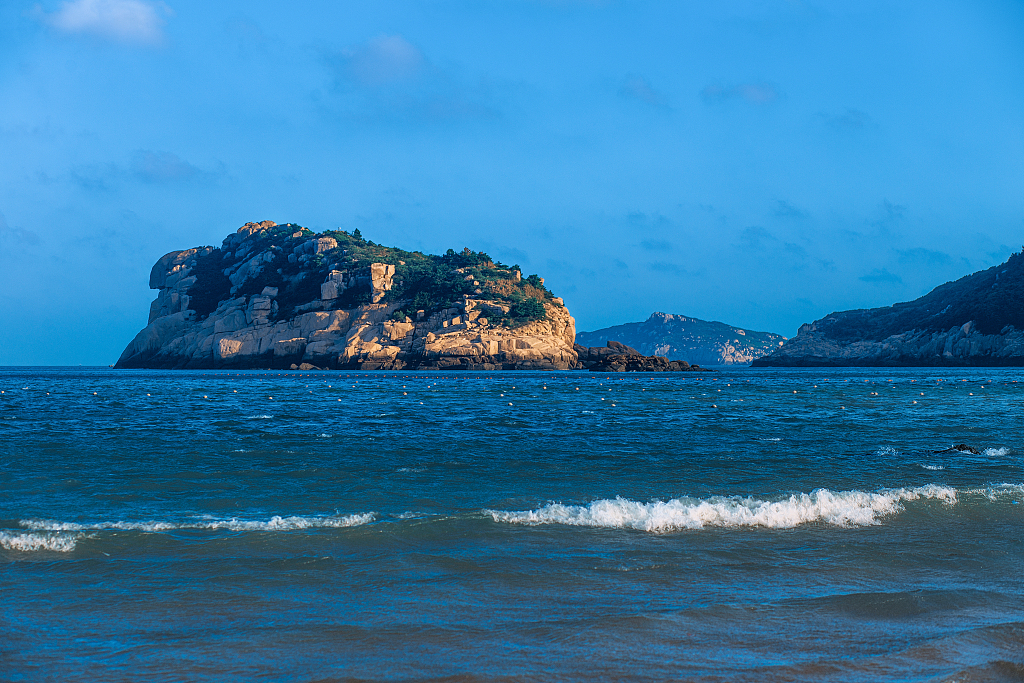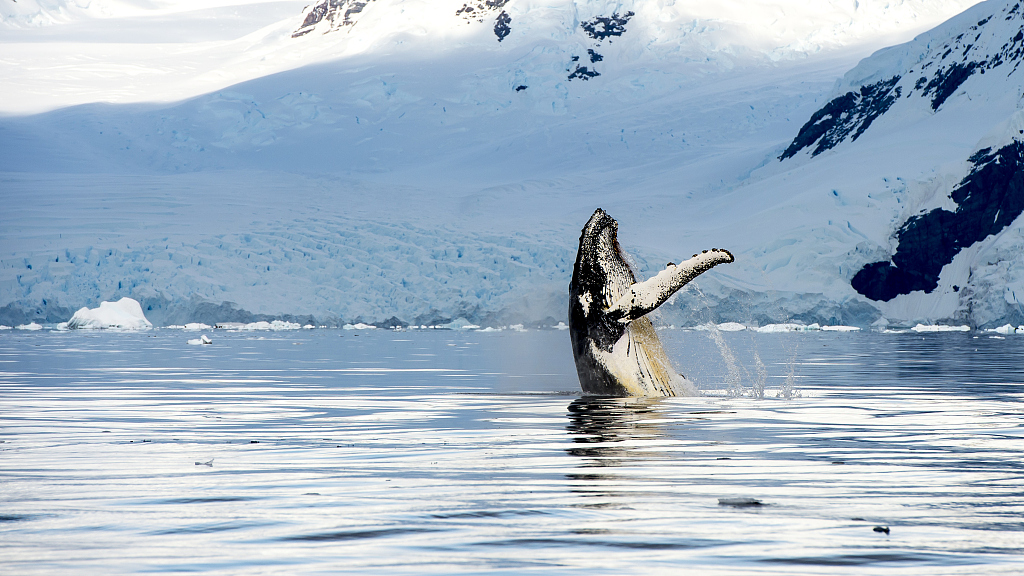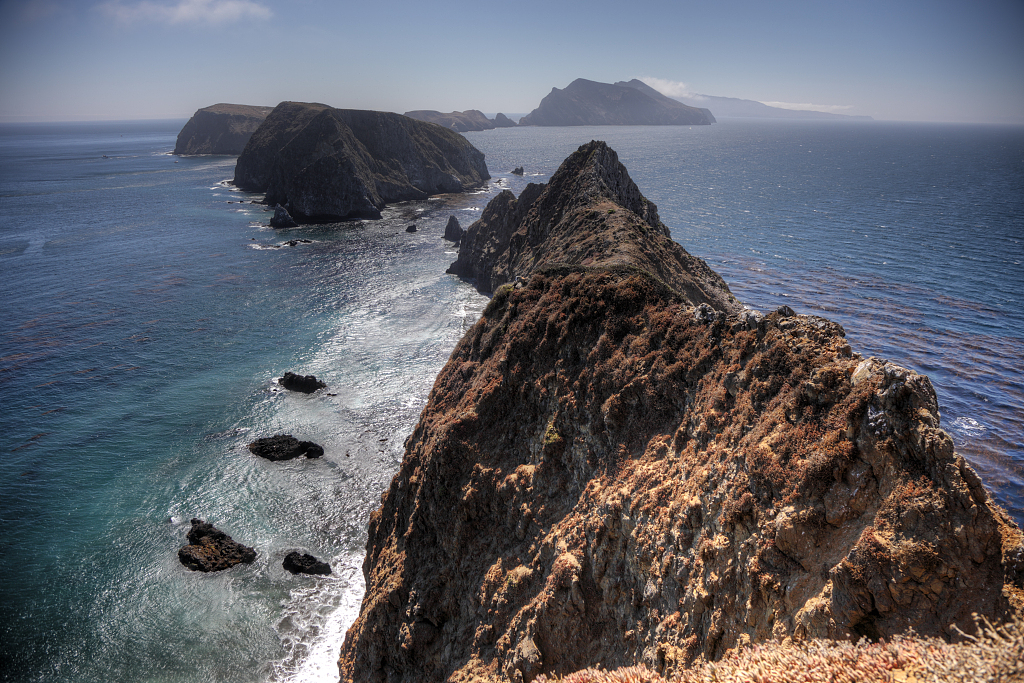China's annual Two Sessions are about to kick off. In the past few weeks, provinces and regions across the country have been holding their own local versions of the sessions before submitting proposals and motions to Beijing.
China established its first five national parks in 2021 – all on land. Bai Hongbao, a delegate from Wenzhou City in east China's Zhejiang Province, has proposed Wenzhou should promote the creation of a marine national park based on Nanji Island, also known as the "Kingdom of Seaweed."

Nanji Island in Pingyang County, Zhejiang Province is a biosphere reserve and was designated in 2022 as Wetlands of International Importance under the Ramsar Convention on Wetlands. /CFP
Nanji Island in Pingyang County, Zhejiang Province is a biosphere reserve and was designated in 2022 as Wetlands of International Importance under the Ramsar Convention on Wetlands. /CFP
China is aiming to build the world's largest national park system by the year 2035, according to a spatial layout plan which was issued jointly by several government bodies in December 2022. The plan includes 49 candidate areas to house the national parks: 44 land areas, three sea areas, and two land-sea areas.
National parks, whether on land or in water, aim to conserve nature, wildlife and cultural heritage. Different countries have designed their national parks according to the characteristics of the protected areas.
Here are some examples of marine national parks from around the world:
As the birthplace of the national park, the United States has created 63 national parks. And a distinctive character for the national parks of the U.S is wilderness.
Wilderness, or wildland, is an area that remains undisturbed by human activity. On September 3, 1964, a bill called Wilderness Act was signed into law to protect wildlands in the U.S, followed by the establishment of the National Wilderness Preservation System, a network administered by federal agencies.
Now, over 80 percent of all National Park Service lands are managed as wilderness.
The Glacier Bay National Park in the southeastern Alaskan region has one of the largest units of the National Wilderness Preservation System. The national park is named for the area's stunning glaciers, but also features primeval forests, terrestrial animals and magnificent marine mammal species.
As the conservation bill restricts development of the land, such as logging and road construction, aiming to keep the wildlands "in their natural condition" and to "secure for present and future generations the benefits of wilderness," there are no roads that lead directly to the Glacier Bay. Travelers can enter via sea or air. And both the marine and land regions are well-protected, giving visitors opportunities to see humpback whale migrating in the sea or bears foraging in the river.

A whale in the Glacier Bay National Park. /CFP
A whale in the Glacier Bay National Park. /CFP
The Channel Islands National Park is also a good example of the wild-type marine island national park. Established in 1980, the national park is located in the Pacific Ocean off the southern coast of California, close to Los Angeles.
Despite the Channel Islands National Park being close to the shore of a densely-populated state, its islands are well protected. The national park is a collection of five islands, four of which have large swathes of wildland: 99 percent of land in Santa Barbara Island, 100 percent of Middle and West Anacapa Island, 96 percent of Santa Rosa Island, and 23 percent of Santa Cruz Island are categorized as wilderness. Animals like the harbor seal, California sea lion, fox and lizard can be found within the park.

A glimpse of the Channel Islands National Park. /CFP
A glimpse of the Channel Islands National Park. /CFP
Next week, Shared by Nature will continue to focus on the topic of marine national parks and marine sanctuaries around the world, to talk about how to protect the marine ecosystem and its biodiversity. In next piece, we will visit national parks in the United Kingdom and Japan to see how they balance marine conservation with economic development.
(If you want to contribute and have specific expertise, please contact us at nature@cgtn.com.)